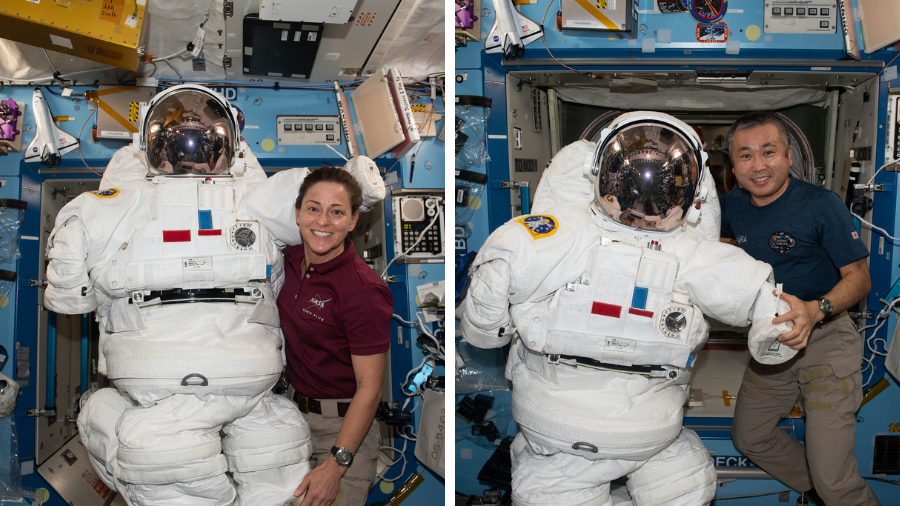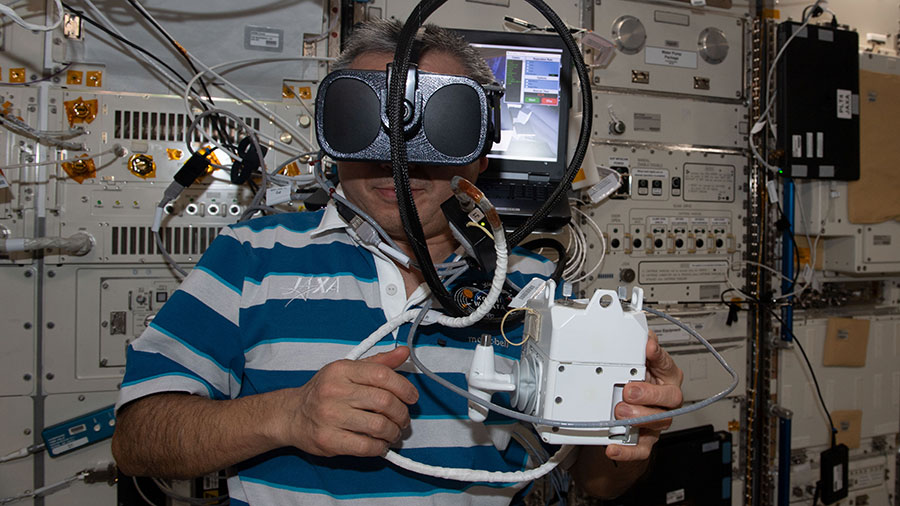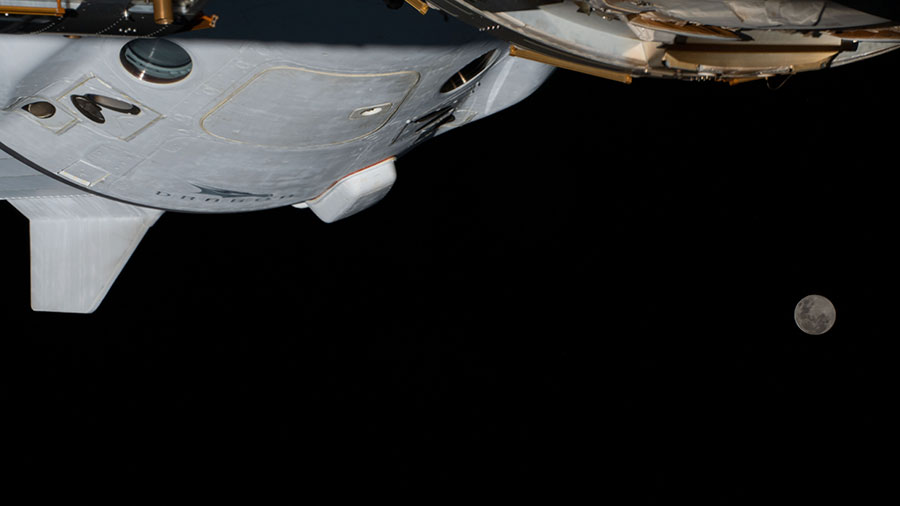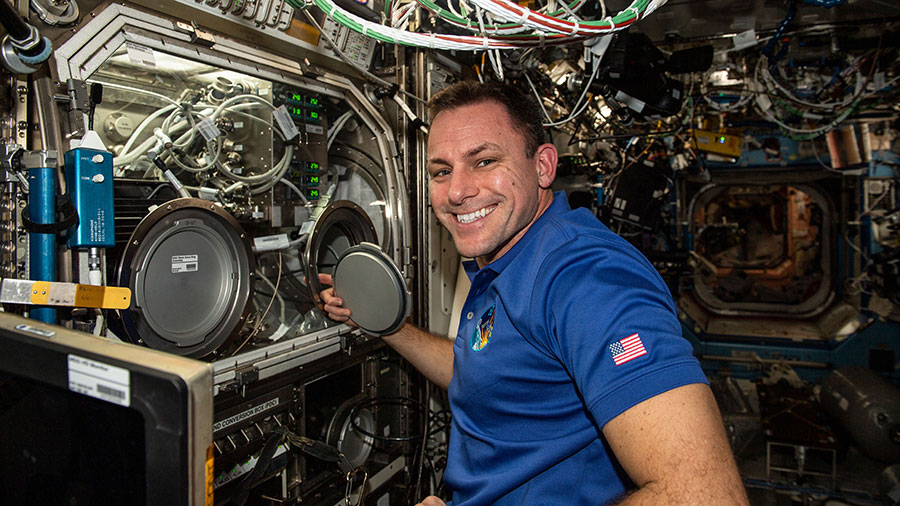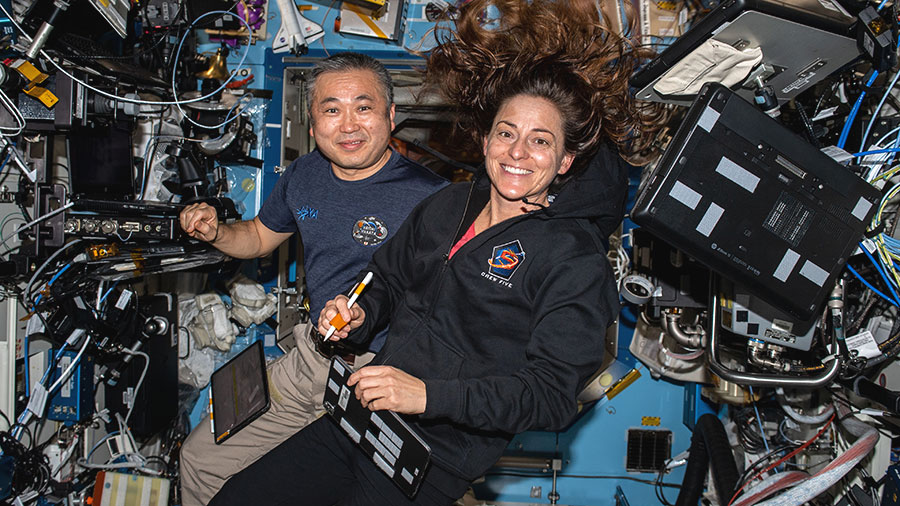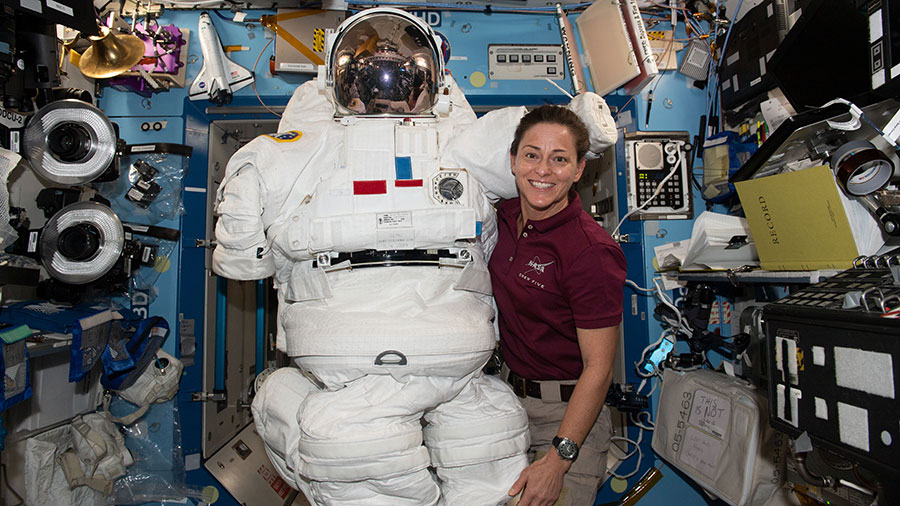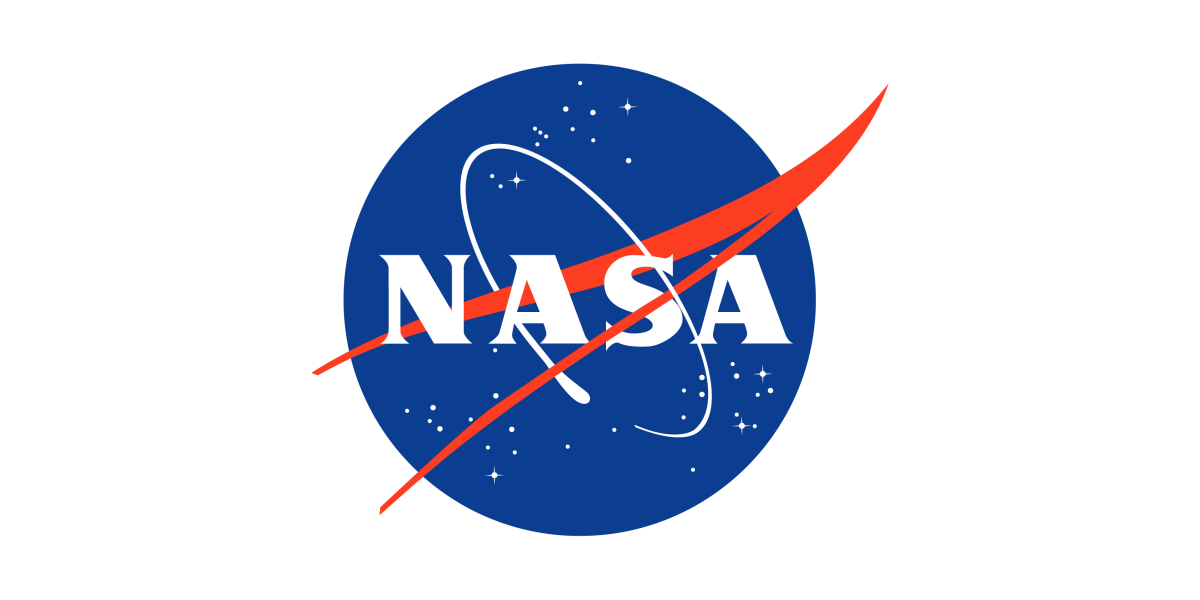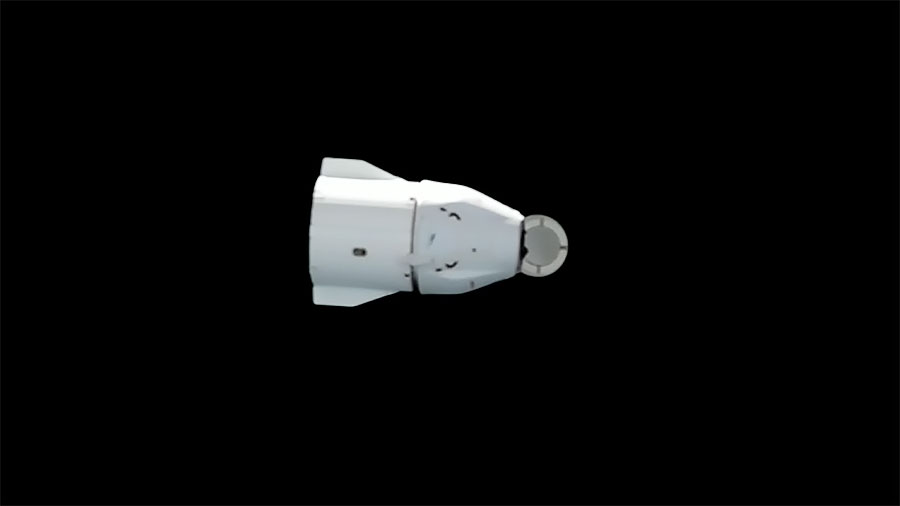NASA and Roscosmos are adjusting the International Space Station flight plan after completing an investigation into a coolant leak on the Soyuz MS-22 spacecraft docked to the station.
NASA hosted a joint media briefing Wednesday about the Roscosmos-led investigation to update the public on the Soyuz status and the forward strategy.
As a part of the work, Roscosmos engineers determined the Soyuz MS-22 spacecraft is not viable for a normal crew return, but is available for crew return in an emergency aboard the space station. The Soyuz MS-22 will be replaced by the Soyuz MS-23 spacecraft that will launch to the space station without a crew on Monday, Feb. 20. NASA astronaut Frank Rubio and cosmonauts Sergey Prokopyev and Dmitri Petelin will return to Earth in the replacement Soyuz after spending several additional months on the station.
NASA has been working with Roscosmos throughout the investigation and will continue to work with its Commercial Crew Program and Canadian, Japanese, and European partners to refine upcoming flight dates over the next several weeks. NASA also continues its discussions with SpaceX regarding the possibility of using the Crew-5 spacecraft to return additional crew in the event of a station emergency prior to the arrival of Soyuz MS-23.
Meanwhile, NASA and SpaceX are prepared to launch the Crew-6 mission soon after Soyuz MS-23, incorporating the manifest changes previously mentioned. NASA still plans on having a direct handover between the Crew-5 and Crew-6 missions.
On Dec. 14, 2022, ground teams noticed significant leaking of external coolant from the aft portion of the Soyuz MS-22 spacecraft docked to the Rassvet module on the space station. The Soyuz spacecraft carried Prokopyev, Petelin, and Rubio into space after launching from the Baikonur Cosmodrome in Kazakhstan on Sept. 21.
Spacesuits, eye scans, and cargo transfers were the dominant activities aboard the International Space Station on Wednesday. The seven Expedition 68 crew members also had time for space gardening and scientific hardware maintenance.
NASA astronauts Nicole Mann, Josh Cassada, and Frank Rubio joined each other cleaning cooling loops, checking water, and installing batteries inside a pair of Extravehicular Mobility Units (EMUs), also known as spacesuits, throughout the day. Mann later joined Flight Engineer Koichi Wakata of the Japan Aerospace Exploration Agency (JAXA) readying tools and hardware for an upcoming spacewalk to prepare the space station for its fourth roll-out solar array.
Cassada then spent the afternoon servicing research samples to support a study exploring how to treat bone wounds and conditions both on Earth and in space. Rubio deployed a pair of Human Research Facility laptop computers before watering tomato plants growing for the Veg-05 space botany study. Wakata replaced cables and light devices on the Confocal space microscope that provides fluorescence imagery of biological samples.
All four astronauts also gathered for a short session of eye scans just before lunchtime using the Ultrasound 2 device inside the Columbus laboratory module. The regularly scheduled exams collect images of an astronaut’s cornea, lens, optic nerve, and retina to help doctors understand how living long-term in weightlessness affects the human eye.
Commander Sergey Prokopyev and Flight Engineer Dmitri Petelin worked inside two different Progress space freighters transferring cargo in and out of the vehicles, as well as updating the station’s inventory management system. Prokopyev also worked on life support gear while Petelin checked out optical hardware and interfaces. Flight Engineer Anna Kikina configured and photographed electronics components then deployed radiation detectors throughout the orbiting lab.
The SpaceX Dragon cargo craft completed its station resupply mission when it parachuted to a splashdown off the coast of Florida at 5:19 a.m. EST today. The uncrewed Dragon returned about 4,400 pounds of lab hardware and scientific cargo for retrieval and analysis by engineers and researchers on Earth.
